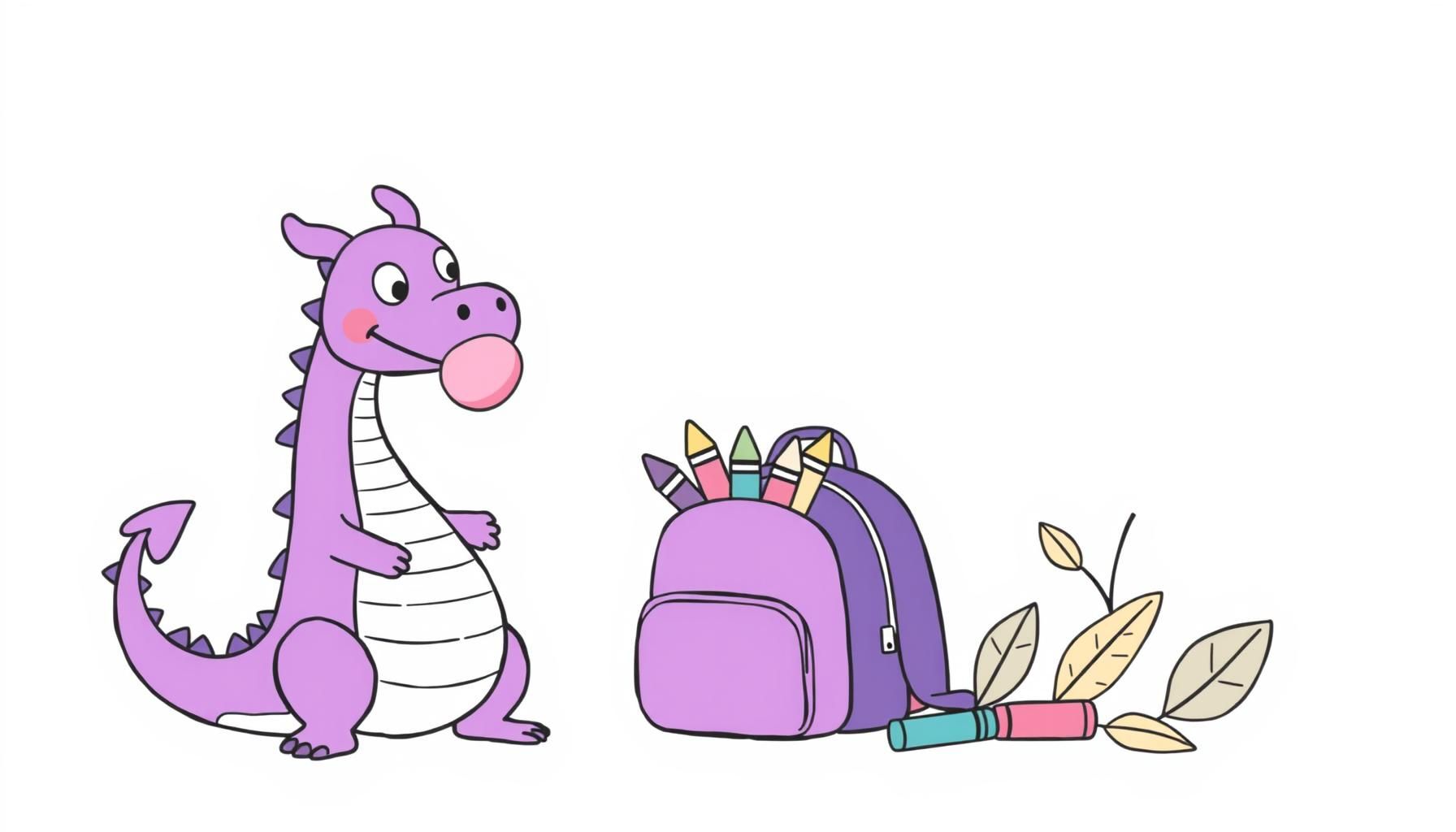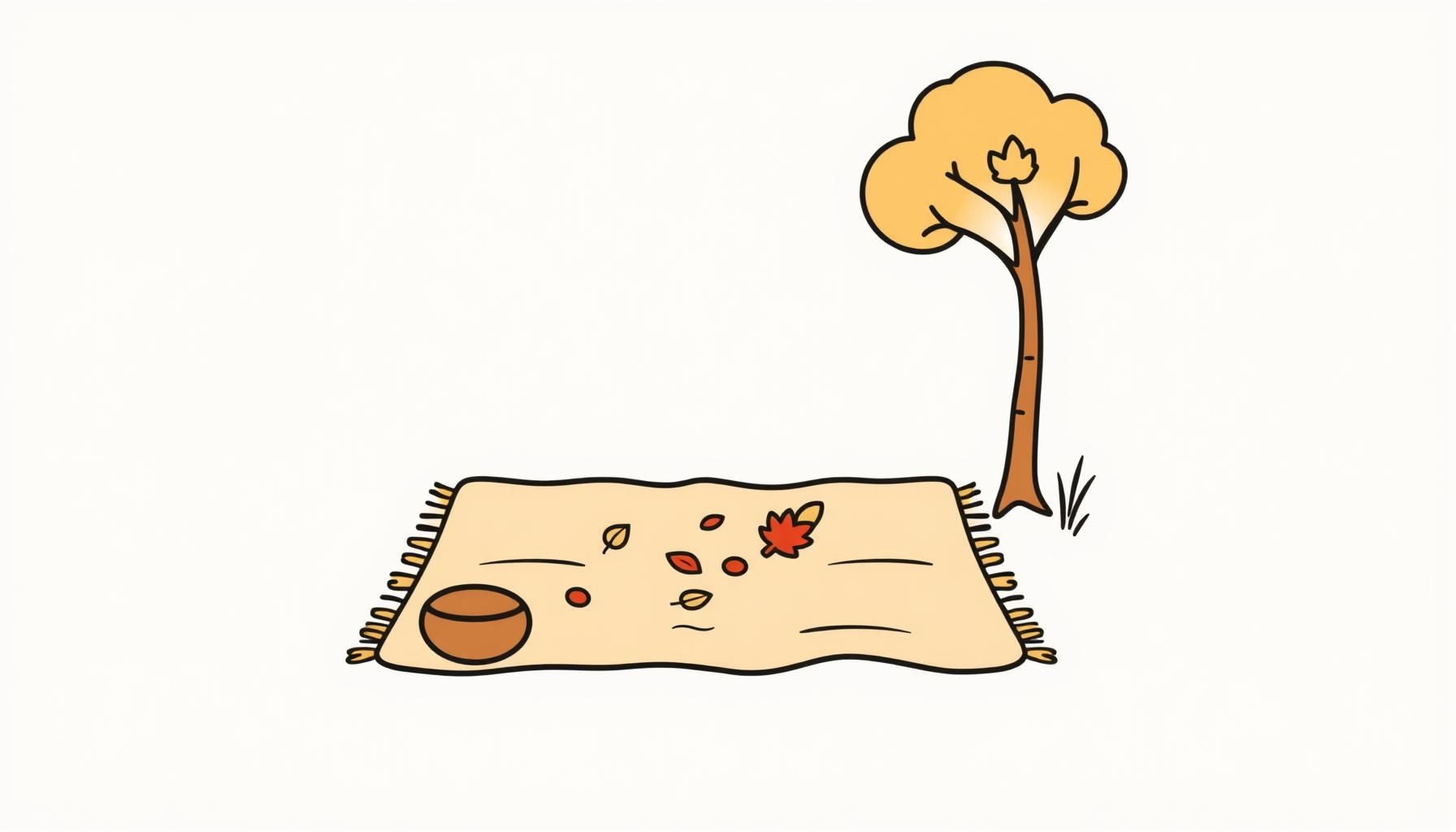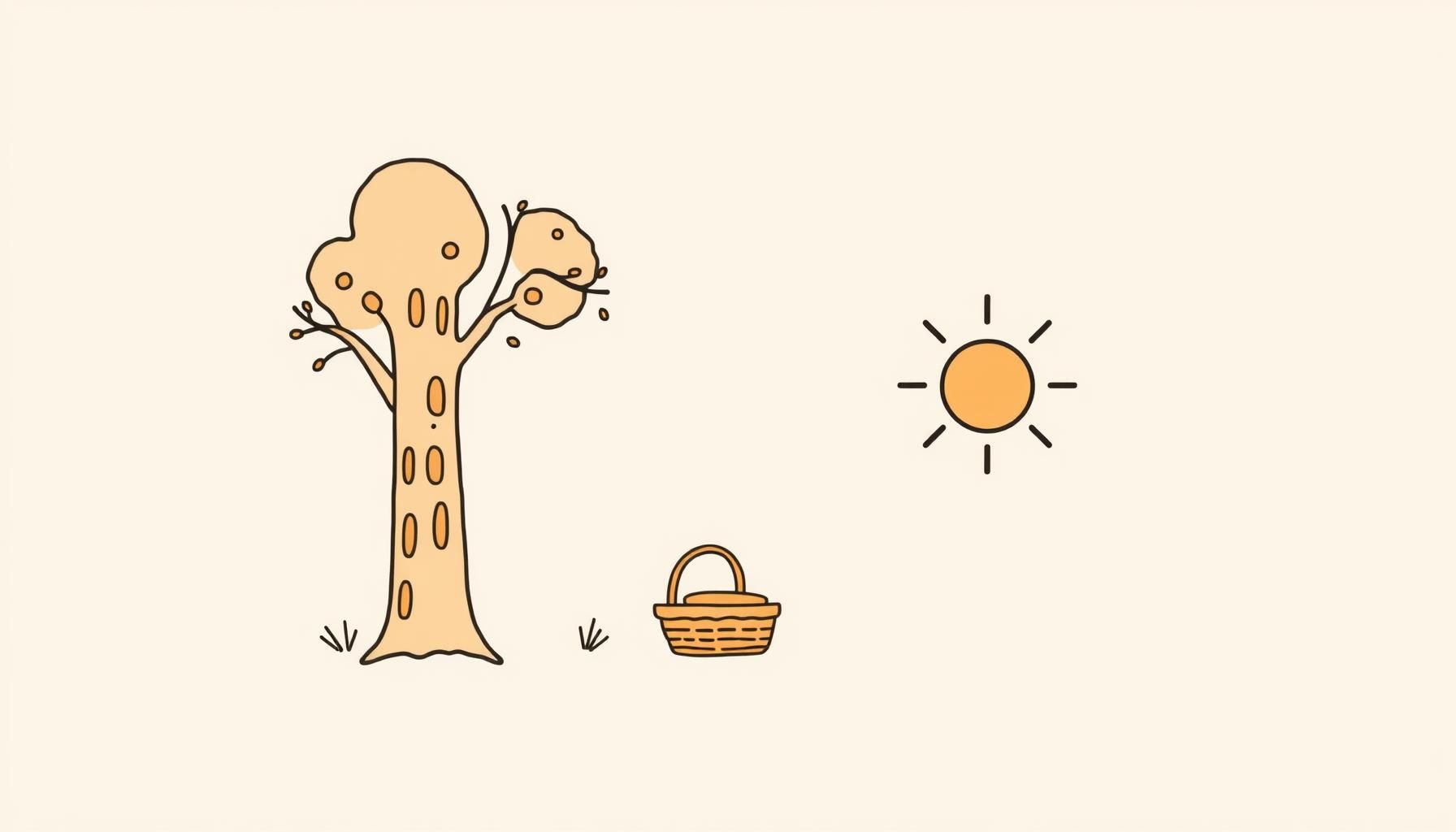
AI in Education: From Sidewalk Chalk to Smartboards – Let’s Shine!
Backpacks swing as my seven-year-old asks if robots can draw purple dragons—cue parental pride and panic. How do we welcome AI in education without dimming the sparkle of plain old crayons and playground grass stains? When I read The Cool Cat Teacher’s back-to-school kickoff, it gives us three bright threads to tug on: Richard Culatta’s gentle AI strategies, Principal Brian Kulak’s community warmth, and story-driven learning that feels like bedtime tales told at 9 a.m. Let’s braid those threads into something our kids can actually swing from—like the perfect skipping rope made of hope, curiosity, and just enough tech to keep the magic humming.
How Can AI Be an Invisible Playmate, Not an Overlord?

Richard Culatta reminds us that AI in education works best when it acts like the quiet cousin who whispers clues during hide-and-seek—not the cousin who takes over the game. Picture this: Instead of scrambling for creative hacks at 10 p.m., we sometimes use kid-friendly AI tools that spark ideas—then put down the device to color outside the lines with real markers and laughter.
- Set a 10-minute ‘magic timer’ for tech use
- When the alarm dings, shift to hands-on creation
- Add real-world embellishments: stickers, glitter, backyard reenactments
The tech always bows out gracefully, keeping childhood in the spotlight.
Brian Kulak’s Secret: Why Belonging Beats Benchmarks

Principal Brian Kulak swears the first month isn’t about data walls—it’s about story walls. Every student posts a snapshot or doodle titled ‘This is me.’ By week two, the hallway becomes a gallery celebrating every child’s uniqueness.
We borrowed that vibe at home. After dinner we tape a sheet of butcher paper on the kitchen wall labeled ‘Our Family Map.’ One night my daughter draws a tiny steaming bowl of kimchi jjigae; I sketch our city’s tallest tower; Mom adds maple leaves swirling around both. No grades, just giggles and ‘Tell me more!’ moments. The paper grows ripples of color each evening—our private microcosm of Kulak’s school culture.
Food for thought: Your next grocery run could be a ‘story snack’ mission. Pick one new fruit, ask your kiddo to invent its origin myth on the walk home. By the time you unpack bags, you’ve built belonging one bite at a time.
Authentic Learning: Life with the Volume Turned Up

Vicki Davis keeps shouting (in the gentlest teacher voice) that authentic learning feels like life—only louder, brighter, and scented with possibility. Last weekend we tested AI in education naturally during our Saturday park stroll. My daughter collected leaves, curious why some crunch and others bend. I pulled out a plant-ID app—another AI education cameo—and we learned names like ‘sugar maple’ and ‘pin oak.’ The tech stepped back once curiosity ignited; we spent twenty minutes arranging leaves by texture, creating a mini-exhibit on the picnic blanket.
How to Balance AI Screens and Sunshine Without Stress

Let’s face the dragon every parent jousts: How much AI in education sparkle is too much? Here’s how our week hums without turning into tech overload.
- Morning Spark: One AI-assisted ‘Wonder of the Day’ video during breakfast (2 minutes max)
- Afternoon Quest: Post-school walks to our favorite climbing tree—testing AI-sparked ideas against bark-scraped reality
- Evening Glow: Screens dim at sunset for family dance parties where upbeat tunes meet cozy melodies
Tech stays a guest star here, never the director. When tension creeps in, we pack picnic snacks and leave devices at home—neighborhood sidewalks become our GPS.
The Ripple Effect: What We’re Really Teaching About AI

I keep replaying Culatta’s quiet promise: Kids who partner with AI instead of bow to it will grow into adults creating kinder code and warmer machines. She’ll forever remember Dad kneeling beside her, cheering every bubble-gum flame colored outside the lines.
So between lunchboxes and laundry piles, let’s treat AI in education like sidewalk chalk after rain—brilliant color that washes away so new dreams can bloom tomorrow. Celebrate story over scoreboard, questions over quizzes, grace over grind.
Tonight’s experiment: Ask your child what impossible thing they’d love to see tomorrow. Then explore:
- How could technology help start this dream?
- How will hearts finish what gadgets begin—now that’s magic!
The sparks that fly when wonder meets Wi-Fi? Pure magic.
Source: An Amazing Start to the School Year: AI Insights, School Culture Tips, and Authentic Learning Ideas, Cool Cat Teacher, 2025-08-09
